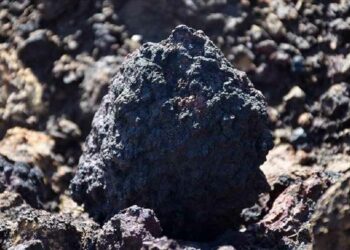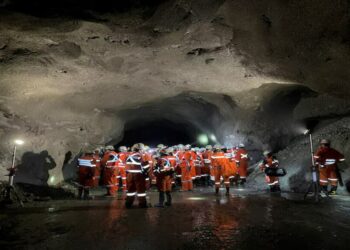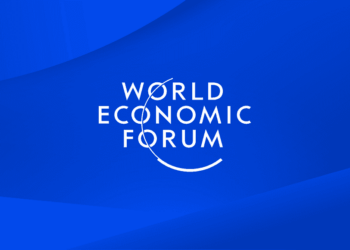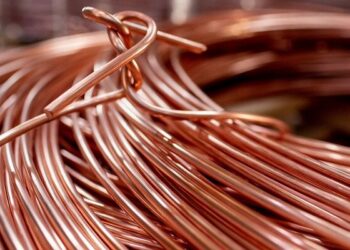Rio Tinto CEO Sam Walsh
Iron ore fell to a record low on a spot price basis on Monday with the Northern China 62% Fe import price including freight and insurance (CFR) dropping 1.3% to $38.90 a tonne.
After a strong recovery from its July low, the steelmaking raw material has been on a relentless decline since early October and is down 25% since then. Losses so far this year match that of 2014’s when the price of the commodity nearly halved. Today’s price compare to $190 a tonne hit February 2011 and an average of $135 a tonne in 2013 and $97 last year.
The big three producers – Vale, Rio Tinto and BHP Billiton – have been following a scorched earth strategy of raising output and slashing costs to weather low prices and push out competitors.
It’s been highly successful, but the strategy is now also catching up with the most cost-effective producers and that includes the majors.
Monday’s price are now in the realm what Rio’s chief executive and long-time iron ore division head Sam Walsh called a “fantasy land” in a Bloomberg interview in February when the price was still north of $60 a tonne:
But even an iron ore price in the $30s may not be a major problem for Rio Tinto. Its high-quality 20 million tonne per year greenfield project in the Pilbara called Silvergrass could be used to replace any of the company’s higher-cost production in the region next year.
A year ago Walsh famously told the Australian Financial Review that his ‘amazing’ Rio turnaround “will be a Harvard case study” one day.








